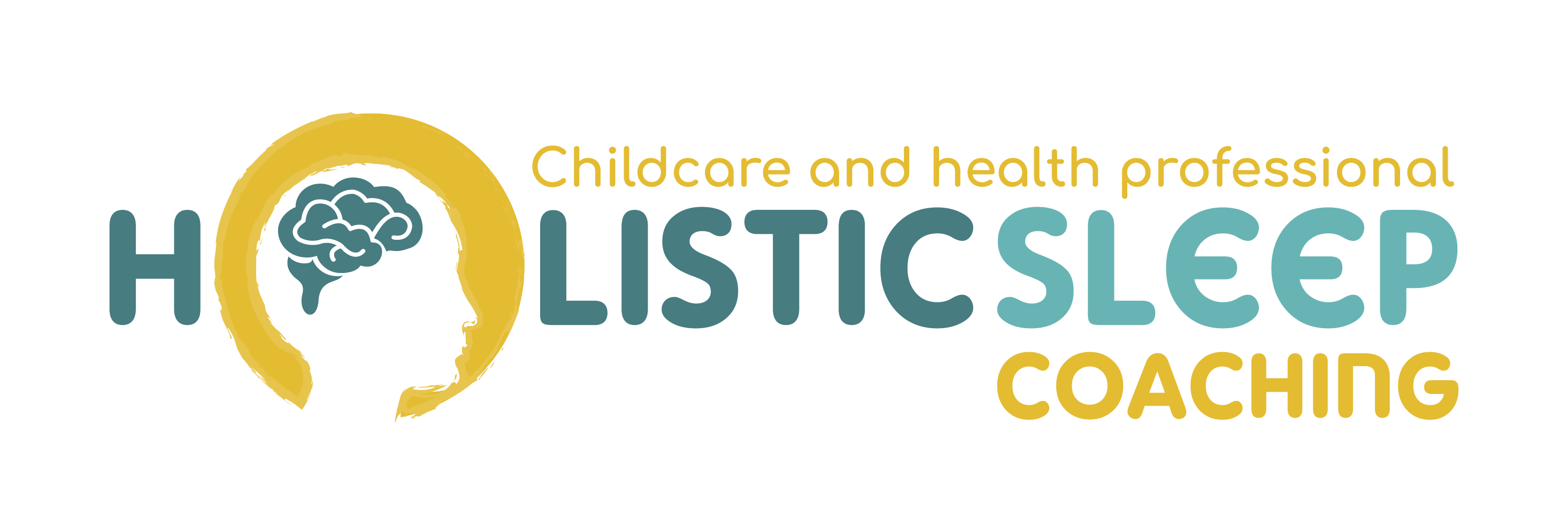If you’re a Sleep Consultant passionate about supporting families and curious about how to differentiate yourself by creating an authentic brand—or if you’re already working in this field but feel somewhat unnoticed—this post is tailored for you. Today, I’m excited to unveil the five key steps to crafting a brand that stands out because of its authenticity—a brand that is uniquely yours and cannot be replicated.
These insights are designed to guide you toward impactful results, so I highly encourage you to read through to the end for the full benefit.
For those who prefer a more visual format, feel free to watch the video below.
Why is Building an Authentic Brand More Important Than Ever
Now, why is building an authentic brand more important than ever? There are two main reasons. Firstly, in this digital age, there is an overwhelming amount of information freely available. For instance, every minute sees 64,440 images uploaded to Instagram, 243,055 to Facebook, and 2,500 videos to YouTube. This means that the online space is incredibly noisy.
Secondly, with so many people online, there’s a prevalent copycat culture. People are repeatedly sharing the same sleep tips and tricks. Now, why does this matter? It’s vital to understand how to build a brand that cuts through all that online noise and remains uniquely yours. Your personal brand isn’t just about social media presence; it encompasses how you interact with people, your story, and how you conduct business. It’s a cohesive ecosystem that creates your overall personal brand.
To build a strong personal brand online, you need clarity on your target audience and to create relevant content based on your ideal client’s interests, desires, and challenges. Let’s dive deeper into that in this video.
Debunking Myths About Building a Personal Brand Online
Myth 1 – Going viral automatically constructs a solid brand
Firstly, the notion that going viral automatically constructs a solid brand is a myth. While a viral video may attract a surge of new visitors, unless the content aligns with your brand and is relevant, it won’t contribute substantially to building a lasting business. The focus should be on attracting the right audience and establishing trust through meaningful connections.
Myth 2 – Quality is more important than quantity.
Secondly, quality is more important than quantity. In the realm of online personal branding, the emphasis on producing high-quality content is more impactful than sheer quantity. It’s not about flooding the digital space but about delivering content that resonates and engages your audience authentically.
Myth 3 – You’re at the mercy of the social media platform’s algorithm
And now, let’s bust another widely believed myth: To grow your brand, you’re at the mercy of the social media platform’s algorithm. Not true. What you need to be is very clear on who you’re targeting and what you want to be known for.
Alright, now that we’ve busted the key myths, let’s dive into what you need to do to stand out online and truly create an uncopyable brand.
What You Need to Do to Stand Out Online and Truly Create an Uncopyable Brand
Number 1: Figure out YOUR story
To stand out, your secret weapon and differentiating selling point is you. People can steal your content, but they can’t steal the essence of who you are. The key is to get brave and see the value in being authentically you.
Too many people overvalue what they are not and undervalue what they are.” Tap into your story and life experiences because they are unique to you, and people can’t copy that. This is what makes you stand out in a crowded online space
Malcolm Forbes
Your audience is a mirror for your experiences, values, and what you’ve been through. Your niche is you, and it’s most powerful when it comes from the transformation your ideal client, who mirrors you, is desiring.

Your niche reflects who you are. It’s about connecting with people who share your values and goals. Even if you haven’t walked the exact journey as your ideal client, niching down in an area that excites you and where you have experience is crucial.
It might feel counterintuitive, thinking that serving a smaller group will get you fewer clients and less income. However, the opposite is true. When you are specific, you are more visible, leading to more opportunities and more sales. Instead of a scattergun approach, tailor your content to the specific needs of your target audience.
I know this might feel limiting, but in a sophisticated market, the data shows that the old way of thinking – targeting a broad category like parents – is not as effective. It’s about identifying your unique micro-niche and weaving in your story.
3 Key Questions to Help You Get Clear on Your Brand:
Now, a couple of key questions to help you get clear on your brand: What do you want to be known for, and who do you want to target? Uncover your unique voice to bring your content to life and connect deeply with your audience.
- If you could solve a problem for someone based on your experience, what would it be?
- What is the one thing people ask you for help with over anyone else?
- If you were to get on stage tomorrow and share your life story, what would you say?
A story has a beginning, middle, and end – a point where you were at your lowest, feeling challenged and confused, and a hero state where you get through the struggle and achieve the transformation.
Number 2: Share your stories
When sharing content, share those stories, the strategies that helped you, motivational content that your ideal client can relate to. Build trust and remember, you want to be seen as the guide, not the hero. Your job is to guide and solve people’s frustrations – you are the Yoda.
Understand your ideal client’s core values, what lights them up, where they spend their time online, what they stand for, and what they stand against. Look at yourself as a mirror for your ideal client. External research is crucial – explore where your ideal clients hang out, understand their values and preferences.
Respond to comments on Facebook, forums, and provide value. That’s how you start to grow a healthy, loyal, and value-based community.
Number 3: Choose your core platform.
Focus on platforms that play to your strengths. If you love writing, create blogs; if you love talking, create a podcast; if you’re artistic, use a more visual platform. Repurpose content across platforms for efficiency.
Recently, we’ve doubled down on YouTube because it creates evergreen traffic. YouTube is where people go to search for answers to specific questions, and your content, when optimized, can be found for years to come. While Instagram and TikTok favor recency, YouTube offers more sustainable evergreen content.
Choose the platform that aligns with your strengths and feels natural to you. Repurposing content onto other platforms makes sense, as your ideal clients consume content in different ways.
Number 4: Know why people need to work with you
Get laser-focused on your target audience, tailor services, and ask: What do people think of me, and who do they know I work with?
Be clear, and the algorithm can better steer your growth by putting you in front of the right eyes. It might take a moment, especially when starting out, but having a clear roadmap guides both your growth and the algorithm’s knack for showcasing you to the right people.
Create different content targeting the head and heart.
Have a clear strategy around your content, depending on the platform. Create different types of content to target your ideal client’s head and heart.
- Educational content provides tips and strategies, positioning you as an expert.
- Connection-based content connects with your ideal client’s heart, showing alignment in values, sharing your purpose and struggles. This builds trust with your audience.
- Content tackling myths and limiting beliefs helps them overcome thoughts and beliefs that don’t serve them. It positions you as an authority figure and helps them think differently.
A mixture of all three types of content creates a cadence that allows you to build a relationship with your audience and not seem one-dimensional. It helps create steady and consistent growth. Focusing on only one type of content creates stagnation. For example, only creating educational content will attract an audience interested in learning from you but not necessarily caring about you or your brand.
Your content strategy comes back to sharing your story, experiences, and lessons learned to create an impact on others. Get clear on the impact you want to have and who you want to reach with your content.
Number 4: Monetize your free content to strengthen your brand
And finally, to monetize your free content that you share online, you need to make sure that you include a call to action for people to connect with you further, whether that’s booking a discovery call, subscribing to your email list, becoming a lead. Be sure that you have some sort of call to action so people don’t just forget about you after they consume your content.
And remember that your brand is the mark you’re leaving on the world, it’s bigger than you. So take some time to really dig into what that impact looks like for you and how

